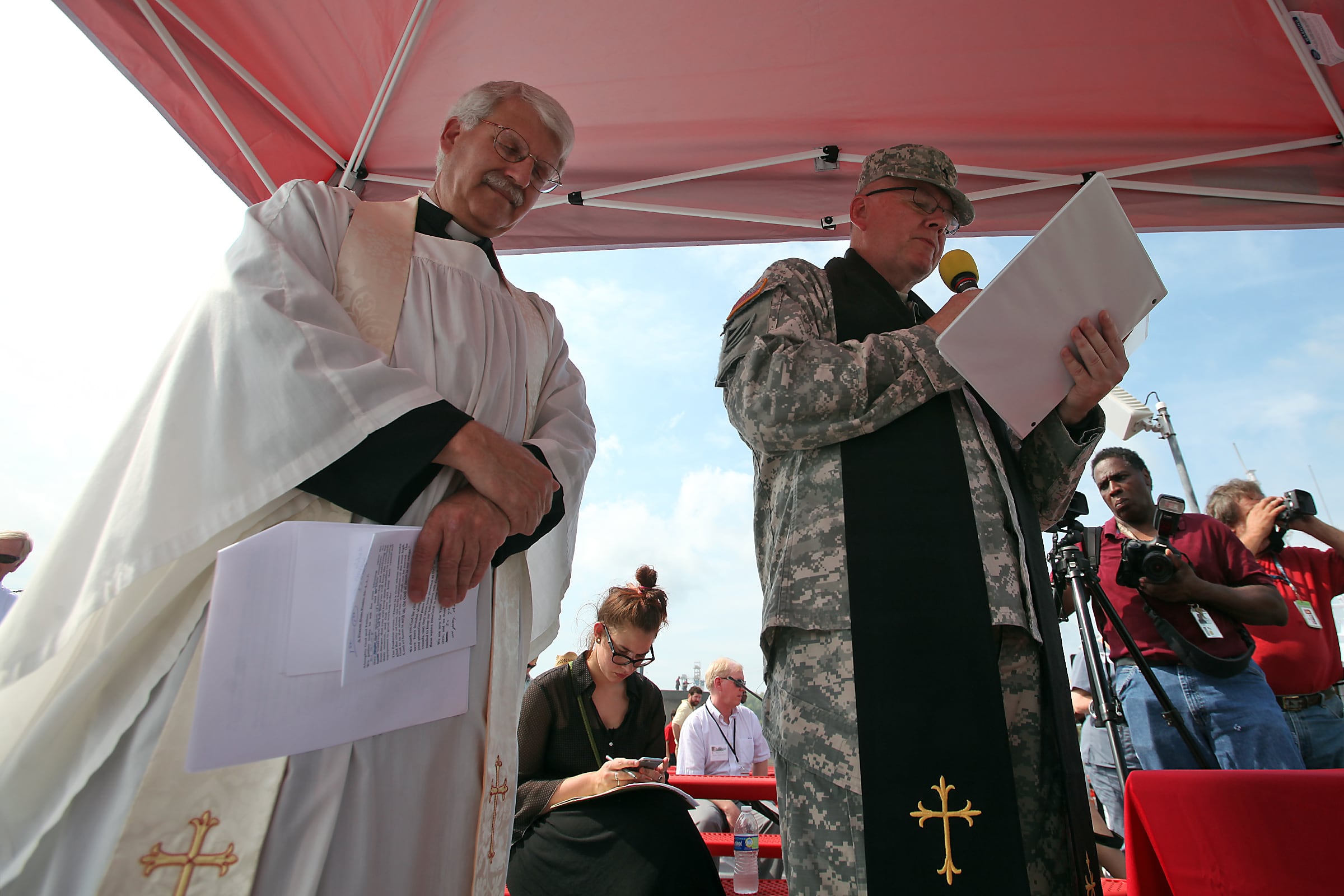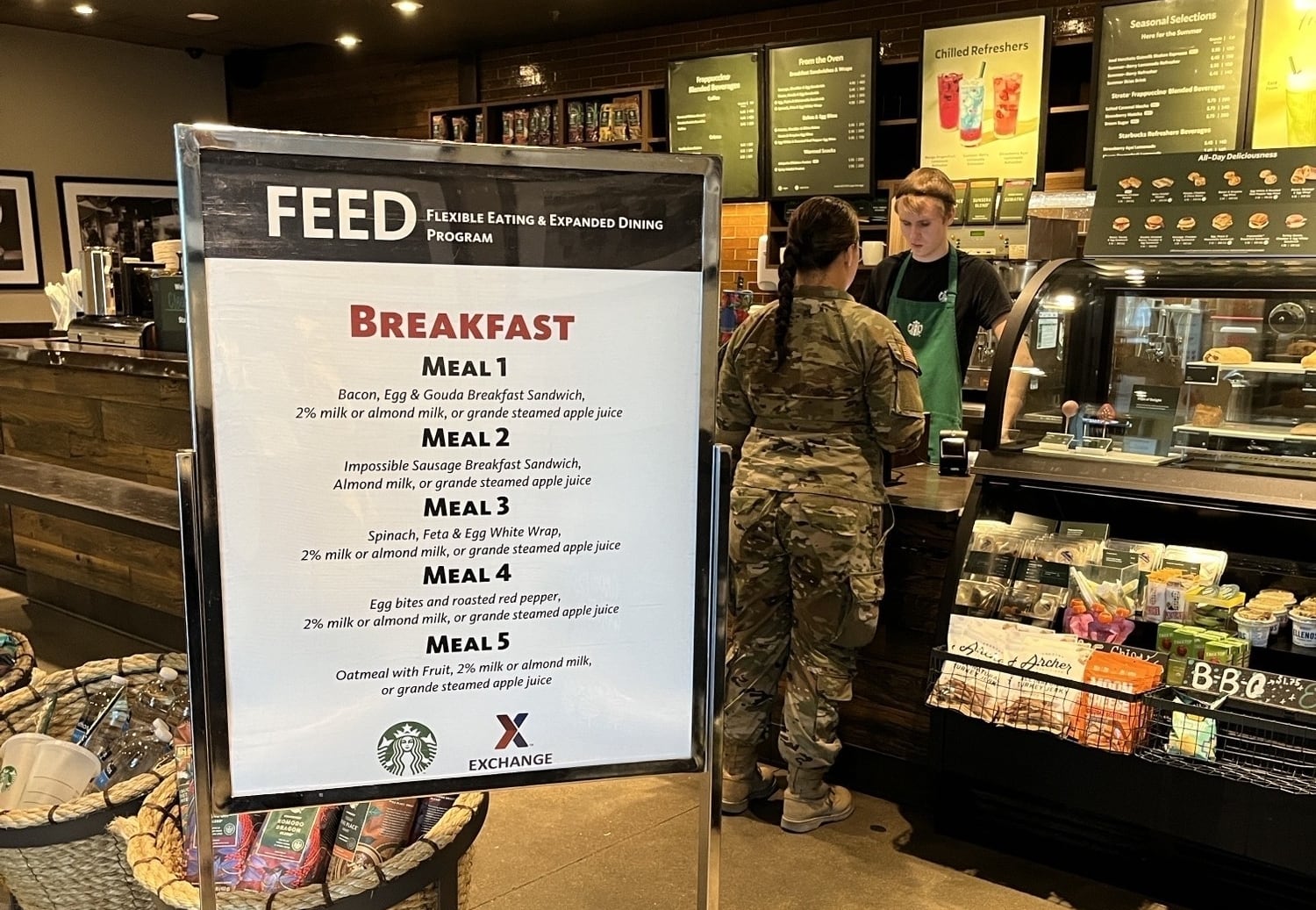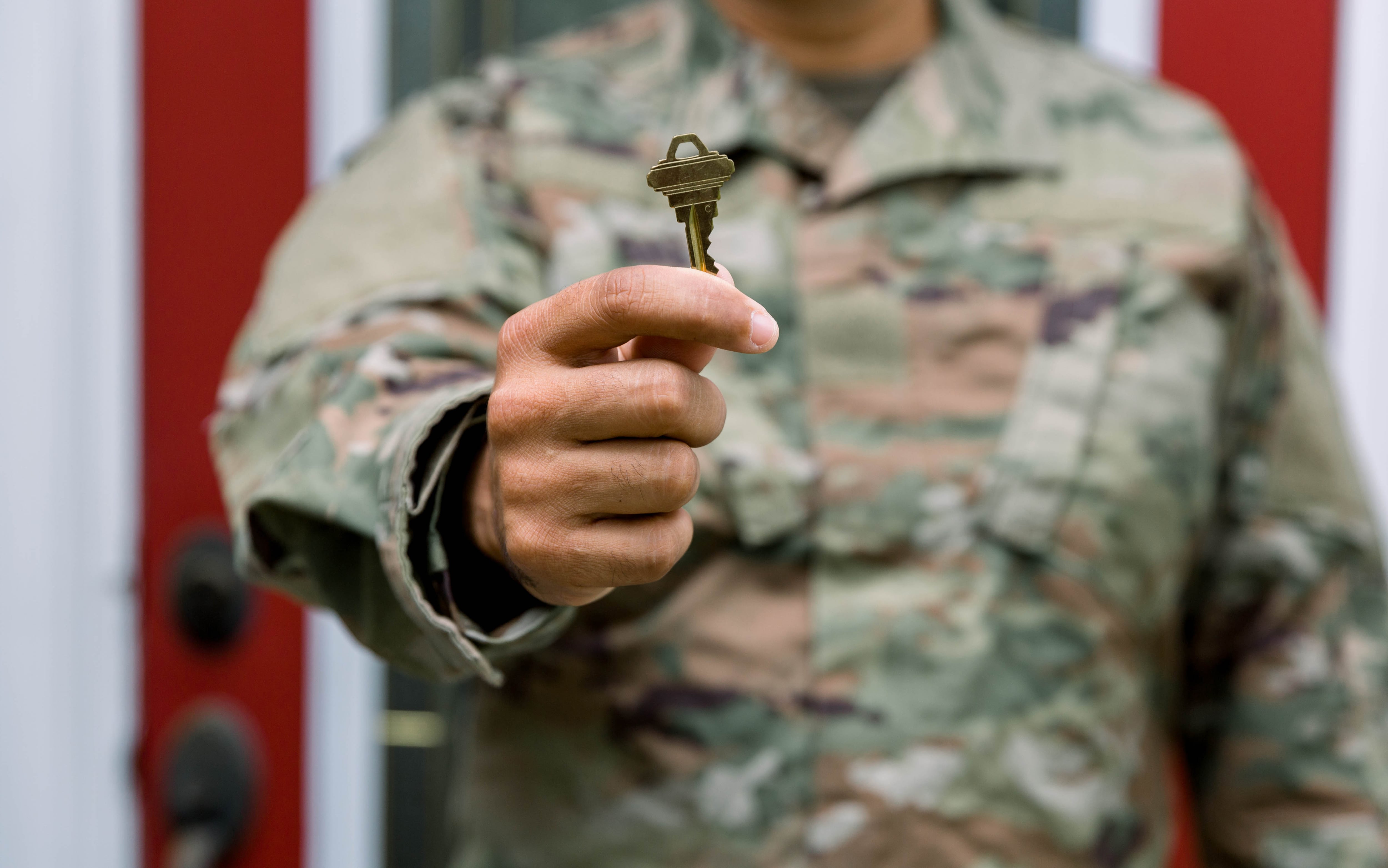Editor’s note: This story has been updated with a quote from a secretary of defense press conference.
RAMSTEIN AIR BASE, GERMANY — Secretary of Defense Lloyd Austin traveled this week to the home of his signature achievement.
The Ukraine Defense Contact Group — a network of more than 50 countries that support Kyiv — has met 20 times since Russia’s full-scale invasion in February 2022. In that time, it’s marshaled $88 billion in total security aid that’s been core to Ukraine’s self-defense.
“This coalition will not let Ukraine fail,” Austin said in remarks Tuesday.
And yet, that coalition’s future has perhaps never been less certain, mainly because of the country leading it.
Last week the U.S. announced a $300 million batch of aid for Ukraine, providing air defense, artillery and other ammunition. The package was as essential as it was “extraordinary,” a senior defense official speaking on the condition of anonymity said before the trip. America ran out of money late last year to replace what it sends Ukraine, and the Pentagon only funded this tranche through surprise savings gathered from various Army contracts.
House Speaker Mike Johnson, R-La., has so far refused to hold a vote on a further $50 billion in security aid.
There may be no better symbol of the challenges to American leadership than Austin himself. The secretary is traveling for the first time this year, after entering the hospital in January due to complications from cancer surgery. His failure to inform the administration and the public of his health status resulted in sharp criticism from lawmakers.
Still, on Tuesday, he spoke at the conclusion of this week’s forum and warned that “Ukraine’s survival is in danger” if U.S. support lapses indefinitely.
The Ukraine Defense Contact Group has been a fixture of Austin’s time in office and American leadership around Ukraine. In fact, said Max Bergmann, a Europe expert at the Center for Strategic and International Studies, only America could have led this group. Leadership under a NATO banner early in the war might have appeared too provocative. And only the U.S. had the relationships to bring together countries from the Netherlands to New Zealand.
The UDCG is entering a new phase. The question now is what that looks like if America’s role in supporting Ukraine continues to wilt.
“We’re at the pivotal moment,” said Bergmann. “It’s either the U.S. and Europe step up or it was all for naught.”
Three chapters
While speaking with reporters ahead of the trip here, the senior defense official framed the UDCG’s history in three chapters.
The first one was emergency response. The Pentagon helped convene the group for the the first time in April 2022, two months after Russia’s full-scale invasion. And soon, the number of countries involved surged to over 50, rushing support to help Ukraine continue its self defense.
In its second chapter, the official said, the group became a coach as much as a player. The large number of countries involved — various kinds of equipment they donated — created a need for someone to direct it all. For example, the official said, Ukraine has received a dozen types of howitzers. Those have different maintenance and repair needs. The UDCG has helped coordinate this aid.
The group’s latest goal has been the long term. Most of the countries involved have sorted themselves into smaller teams of two or three focused on specific lines of support, such as drones or air defense. These working groups are helping make aid more streamlined and predictable, the official said.
Other countries have tried to fill some of the vacuum left by America’s hiatus. The Czech Republic recently unveiled a plan to collectively buy 800,000 artillery shells. The Netherlands and Denmark continue to train Ukrainian pilots on F-16s in an effort to get the jets to Kyiv by the summer.
Still, the official said, there’s no way for allies to compensate for the gap left by America.
Without it, Ukrainian forces are rationing or running out of ammunition on the front lines. Those shortages have led to a loss of territory, including most recently the eastern city of Avdiivka, which Russia seized last month.
“With every passing day, with every passing week, they have to figure out how to make use of increasingly scarce resources,” the official said, repeating a call for Congress to pass more aid.
A new format?
Even if that doesn’t happen, the U.S. can still play an important role in Ukraine’s war effort, said Bergmann, of CSIS.
But it would be a diminished one, he argued — perhaps donating the amount of aid as a small European country while helping channel the different streams of support. Getting this many countries into the coalition and helping coordinate themhas helped relieve pressure on Kyiv to this point, he argued.
That said, managing aid is only so valuable in a moment when Kyiv’s main problem is scarcity. European and other partner countries have largely emptied their inventories already, Bergmann said.
Recent reporting has suggested that NATO could take a larger role in managing the UDCG, which remains an American-led effort. Keeping it so has become more difficult not only due to the gap in funding but also due to other commitments around the world. On the plane ride to Germany, Austin spoke with members of Congress, the National Security Council and defense officials from Europe and India, from an Airstream-like trailer in the center of the C-17 Globemaster.
The same day, President Joe Biden held his first call with Israeli Prime Minister Benjamin Netanyahu in a month as the administration begins to criticize the war in Gaza with greater force.
Speaking with reporters outside the officer’s club in Ramstein where the coalition is meeting, German Defense Minister Boris Pistorius said he thinks the U.S. will eventually pass more aid and that at the same time more countries in NATO should hit the 2% threshold for defense spending. American political infighting, to him, doesn’t demand a new structue for the group.
“I don’t see any need to change it,” he said. “At least not now.”
Noah Robertson is the Pentagon reporter at Defense News. He previously covered national security for the Christian Science Monitor. He holds a bachelor’s degree in English and government from the College of William & Mary in his hometown of Williamsburg, Virginia.





